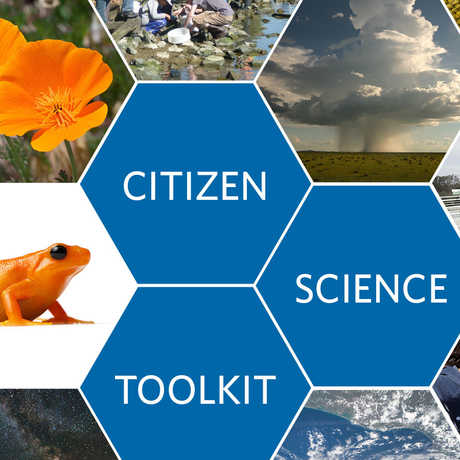Take action on a local or national cause you care about by creating a campaign.

© Project MASH
Want to make a difference in your community, but not sure where to start or even what you might be able to do? This activity will help you create a campaign about an issue you care about, advocate to a specific audience, and rally your community around the cause.
This will be based on your campaign needs. Here are some materials you may consider:
- paper and pencil for planning
- digital and online tools for creating a poster, website, campaign video etc.
- printed campaign materials: stickers, buttons, posters, etc.
1) Choose your topic. This activity assumes that you already have an idea or message in mind.
2) Find your Audience: Who will best respond to a call to action? Who already agrees with your message? How can you enlist their help? On the flipside, whose minds might you change?
Make a list of the different types of people that you want to share your message with, then brainstorm how you might best reach that audience. For example, are they best reached by email? An online campaign? Phone calls? A website? A video? A song? A billboard? Think big now! Then narrow down later to what you can actually accomplish.
3) Determine what you are asking people to do. You’ll want more information to explain exactly why your cause is important and what people can do to help. Start by identifying why you care, and then create a list of actions that might be taken to address or fix the issue. If you come up with too many ideas, it may help to sort them out by listing the pros and cons of each action, and then selecting the best action or series of actions to promote in your campaign. Try the activity Pros vs. Cons to help you sort your list.
4) Craft your Message - Get it right:
Once you’ve decided what you are asking people to do, create a clear and concise way to get your point across.
Your message might be a campaign slogan, a mission statement, a detailed website or brochure, or a combination of these materials. Whatever you decide, focus on making your message a call to action (a word, phrase or graphic which persuades a person to take immediate action).
Think about examples we see in daily life (bumper stickers, signage, etc):
- “Be the change that you wish to see in the world.”
- “Save the Whales.”
- “Kony 2012”
- “Save Darfur”
- “Reduce. Reuse. Recycle.”
- “Click it or Ticket”
In addition to your slogan remember to include specific information about how others can help.
5) Create Your Campaign: Look back at your list of ways to reach your intended audience and figure out which ones you have the time and resources to complete.
Examples of successful campaigns using different platforms/tools:
- Egypt; tool: twitter #jan25
- Harry Potter Alliance; tool: social media
- GoFundMe; Facebook support groups to raise money
- Bumper stickers with coded messages (HH, OBX, 13.1)
6) Measure your response: Think about how you can measure your reach and record responses. How can you tell if you had a successful campaign? Facebook likes? Retweets? Email responses from a flyer? What more intangible responses can you observe, such as overheard conversations in school? Maybe you want to get more formal results by using a survey tool after your campaign to measure results.
7) Launch your Campaign: Now that you have all your campaign materials together, share it in as many places as possible!
Examples of where you might share your campaign:
- Social Media (Twitter, Facebook, Instagram)
- Local/National organization’s website or newsletter
- Where can you display campaigns in your school? Your community?
Science & Engineering Practices:
- Constructing explanations and designing solutions
- Obtaining, evaluating and communicating information
Created by New Learning Institute as part of the California Academy of Sciences' Citizen Science Toolkit

The above activity is licensed under the Attribution-NonCommercial-ShareAlike (CC BY-NC-SA) license type by Creative Commons which allows you to remix, tweak, and build upon this work non-commercially as long as you credit the California Academy of Sciences and license any new creations under the identical terms.

Check out our Citizen Science Toolkit, designed to help educators integrate citizen science projects into classroom curricula or afterschool programming.
It contains resources—including lessons, readings, and worksheets—to help communicate the value of citizen science to students and cultivate their sense of empowerment and impact when performing science investigations.